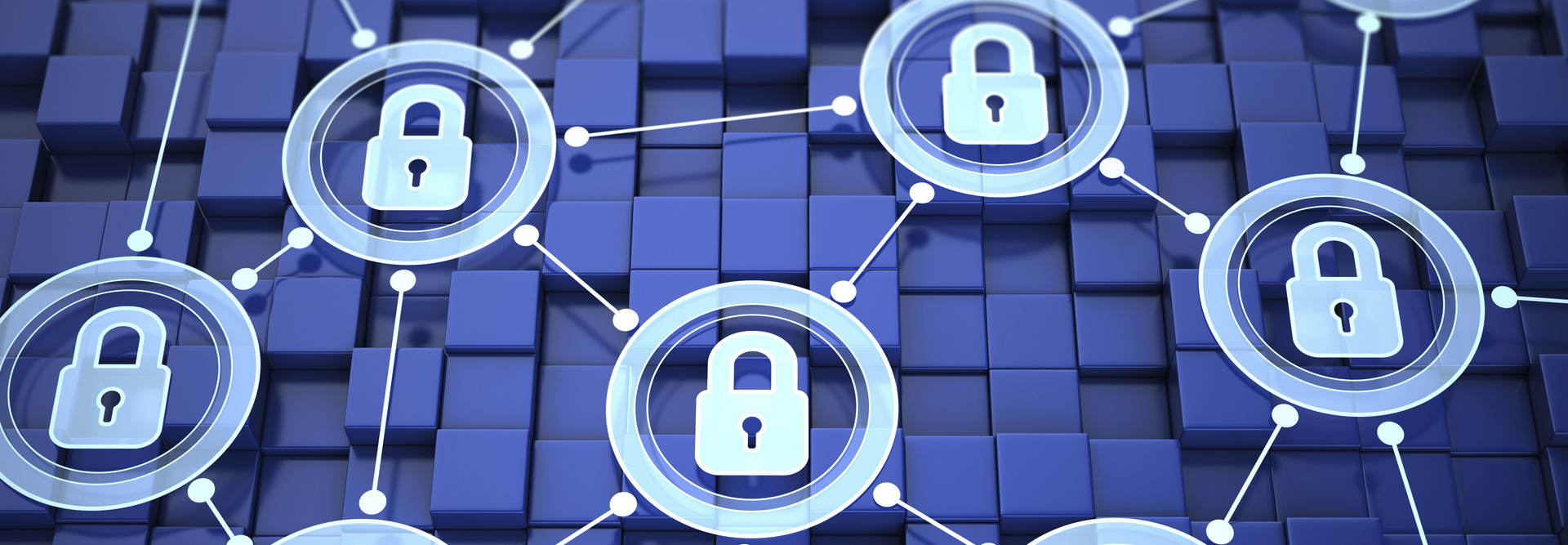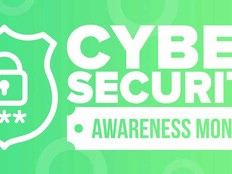Carter: Cyberworkforce Development Is a Model for DOD
The cybersecurity profession is no doubt a maturing field that federal agencies, including the Defense Department, are still trying to clearly define and develop. But senior DOD officials see the cyberworkforce as a model for how their department can adapt to change as well as develop professionals in new or maturing fields, such as mobility and cloud computing.
During a trip to U.S. Cyber Command in Fort Meade, Md., earlier this month, Defense Secretary Ash Carter told employees there that “the development of the cyber workforce, which we are working on now, can be a model for other things we do in the department.”
“The freshness of approach, the constant effort to stay up, reinvent, that your field demands is actually something we can use everywhere in the department,” he explained.
Carter said that the DOD is looking at the cyberworkforce as a trailblazer of how the department can be more open to new ideas, especially when it comes to embracing a younger generation of professionals.
“For the institutions that you join, be they military services or field agencies or new commands, they are trying to figure out how to welcome this new breed of warrior to their ranks,” Carter said. “What's the right way to do that? How do you fit in?”
Defense Department CIO Terry Halvorsen agrees. Speaking with reporters during a March conference call, Halvorsen said cybersecurity professionals have to be a part of the solution concerning how DOD implements mobility and cloud computing. He also noted that the model for developing the cyberworkforce could be used in other budding fields across the DOD.
“Cyber is a maturing field,” he said. “So, I think in other maturing fields, if we get the cyber model right … this could be the model for how you develop a workforce in a new maturing field.”
But there’s plenty of work to do before that time comes.
“We need to do a comprehensive review of the DOD cyberworkforce,” Halvorsen told lawmakers at a Feb. 25 House Armed Services Subcommittee on Emerging Threats and Capabilities hearing.
The Army, for example, is rolling out a new strategy for recruiting and training the IT and cybersecurity workforce, Lt. Gen. Robert Ferrell, Army CIO/G-6, told lawmakers at last month’s subcommittee hearing. To remain competitive with industry and retain employees, the Army is exploring the use of additional incentive pay, Ferrell said.
One challenge the department has in recruiting professionals, Halvorsen said, is employees’ difficulties when transitioning. He added that this is an area where the DOD may need help.
“We ought to be able to wake up one day, be a private employee and the next day come in and be a government employee and keep that change,” Halvorsen said. “I think that expertise, particularly in the area of security we would gain, is vitally important.”









